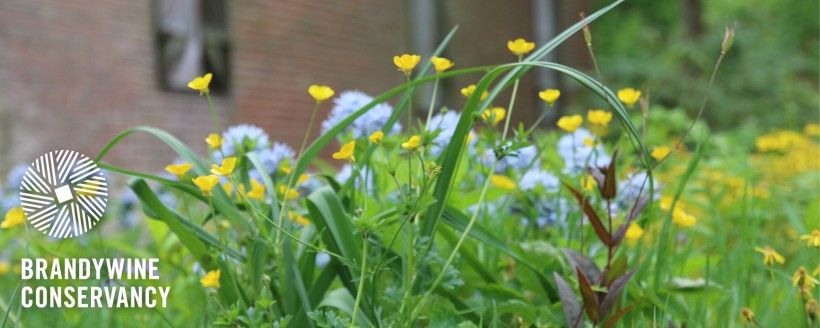
Directors' Report
Dear Fellow Conservationists,
Spring is a season of renewal, and here at the Brandywine Conservancy, it’s a time of action. As the landscape awakens, so does our outdoor engagement in conservation, stewardship, and education. In this issue of Environmental Currents, we provide a variety of offerings to help you get started this spring and give you an inside look at the Conservancy’s work over the past few months.
Last year we launched our Landowner Stewardship Program to provide technical and financial assistance to our landowners for stewardship initiatives on their property. As we develop the program, we invite you to participate in our Landowner Stewardship Survey, linked below, to help us fine-tune it to meet to your needs. We are also thrilled to introduce our new Municipal Resource Toolkits, designed to empower our municipal partners with practical resources to enhance conservation, recreation, and resilience efforts.
This issue’s Invasive Species Spotlight highlights garlic mustard, an aggressive plant that threatens native ecosystems. In Climate Corner, we explore how simple changes—like adjusting mowing practices—can benefit pollinators, and examine the environmental footprint of Artificial Intelligence.
Our Critter Corner spotlights some of our most popular social media posts featuring wildlife caught on camera across our preserves; a look at Pennsylvania’s owls; and Penguin Court Preserve's involvement in the Trout in the Classroom program.
Spring also brings a vibrant lineup of events, including the return of Brandywine's Wildflower, Native Plant & Seed Sale and the 94th Radnor Hunt Races. However you engage with nature this season, we appreciate your dedication to conservation.
Here’s to a season of growth and stewardship!
— Stephanie and Grant
Stephanie Armpriester, Director of Conservation and Stewardship
Grant DeCosta, Director of Community Services
New Municipal Resource Toolkits

To help better implement the Brandywine Creek Greenway Strategic Action Plan’s goals and objectives, and to support all municipal partners, the Brandywine Conservancy has designed a new series of Municipal Resource Toolkits. These toolkits are intended to equip municipalities, the public, and other stakeholders with valuable resources for advancing natural and cultural resource conservation, enhancing recreation and transportation systems, and fostering resilience.
The Municipal Resource Toolkits offer practical tools covering the following key themes:
- General Planning
- Land Preservation
- Natural Resource Protection
- Historic and Cultural Resource Preservation
- Recreation and Transportation Infrastructure
- Climate Resilience
Each tool includes an overview that outlines the theme it addresses, a guide on implementation, its regional applicability, and a list of case studies. Additionally, some toolkits include a technical bulletin that provides more detailed guidance such as a step-by-step implementation process and supplementary resources for deeper exploration.
This is the first installment of a series of tools that will be regularly released—watch for announcements throughout the year. Click here to access to toolkits.
Invasive Species Spotlight: Garlic Mustard
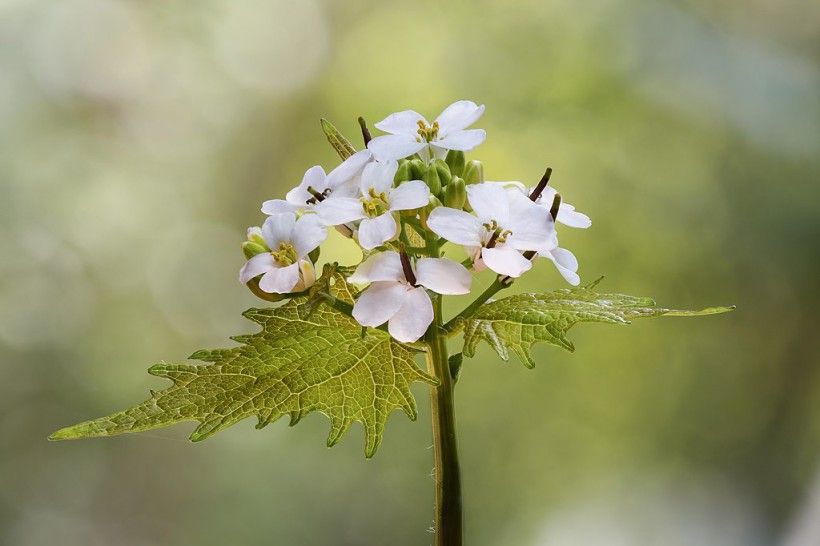
Brought from Europe in the 1800s for culinary and medicinal purposes, Garlic mustard (Alliaria petiolata) has since become an ecological threat in North American forests and fields. Its aggressive growth and reproduction patterns allow it to outcompete natives for light, moisture, and nutrients, leading to a decline in the diversity and abundance of native plant species.
Click here to read more
Lawn Mowing for Birds, Bugs and Bees
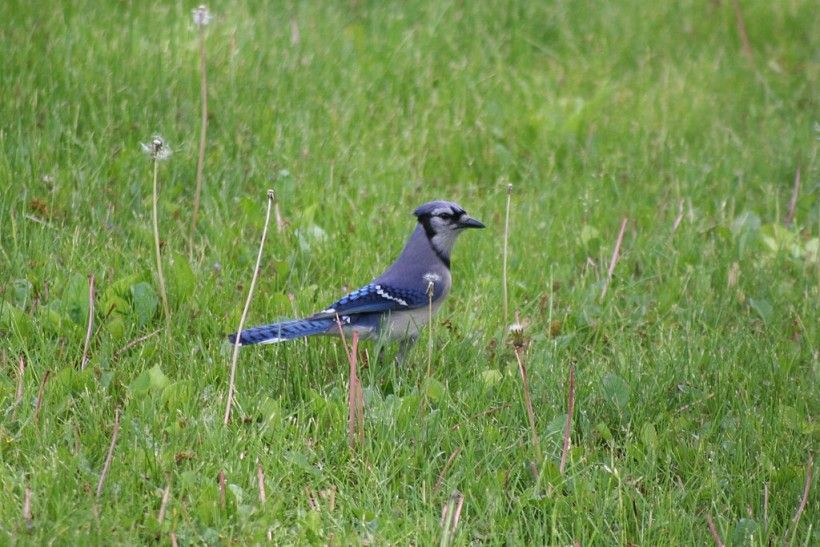
Americans maintain roughly 40 million acres of lawns, making them the largest irrigated crop in the U.S. While lawns may seem harmless, they offer little benefit to wildlife, especially bees, as they lack floral resources and nesting sites, plus they require significant resources including time, money, and water. Additionally, the use of pesticides on lawns harms pollinators and other invertebrates. In terms of habitat loss, manicured lawns are just as detrimental as urban development. So, what can you do?
Click here to read more
Environmental Impacts of AI

Artificial Intelligence (AI) is one of the fastest growing technologies, with recent advancements resulting in wide scale adoption and integration into everyday tasks, like internet searches, email writing or fun image generation. While these advancements have created some useful tools, there are also many concerns associated with AI, including over-reliance on computers, data security, and potential replacement of jobs. Another major concern with the increased demand for AI technologies is the immense energy and water resources that it requires.
Click here to read more
Caught on Camera: Top Wildlife Sightings from Brandywine's Preserves
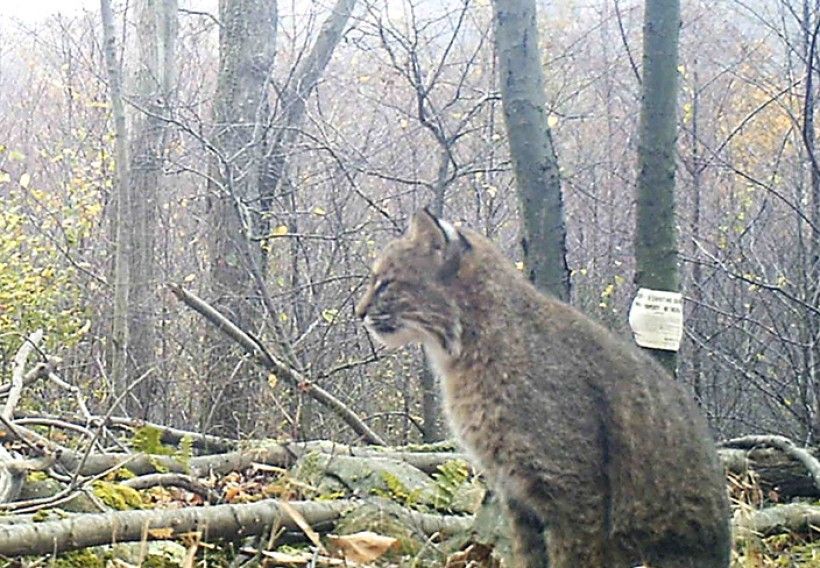
We love a good wildlife "caught on camera" moment! That’s why we’re sharing some of our most popular social media posts featuring creatures—both large and small—that have been spotted at Brandywine’s nature preserves. From beavers to bears, take a look below at some of our most memorable wildlife visitors captured on camera.
Click here to read more
Owls of Pennsylvania
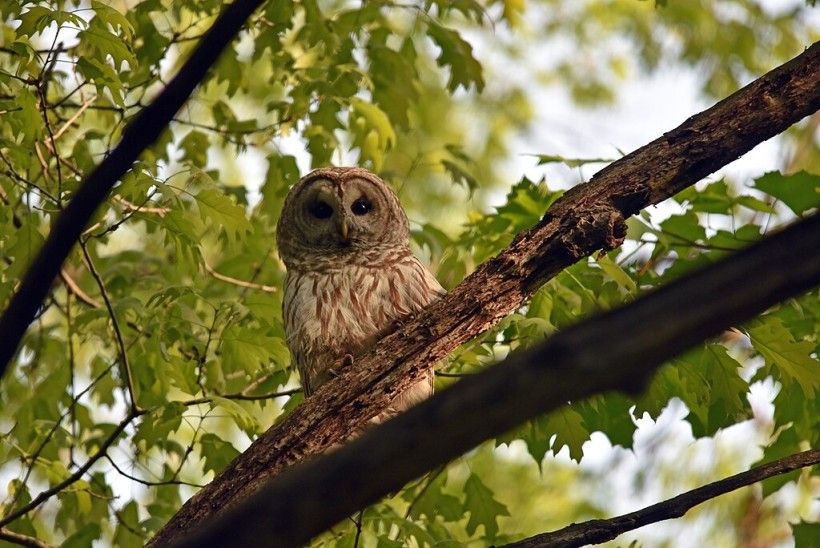
Mystery tends to surround animals that are most active at night. While scientists are constantly learning more about the adaptations and behaviors of nocturnal creatures, the majority of us are not in-tune with the rhythms of the night, giving an air of intrigue to the critters that feed, fly, and flit about under the cover of darkness. This includes owls, which have been acknowledged over the centuries and across cultures as symbols of wisdom and knowledge.
Click here to read more
Connecting Students with Conservation: Trout in the Classroom
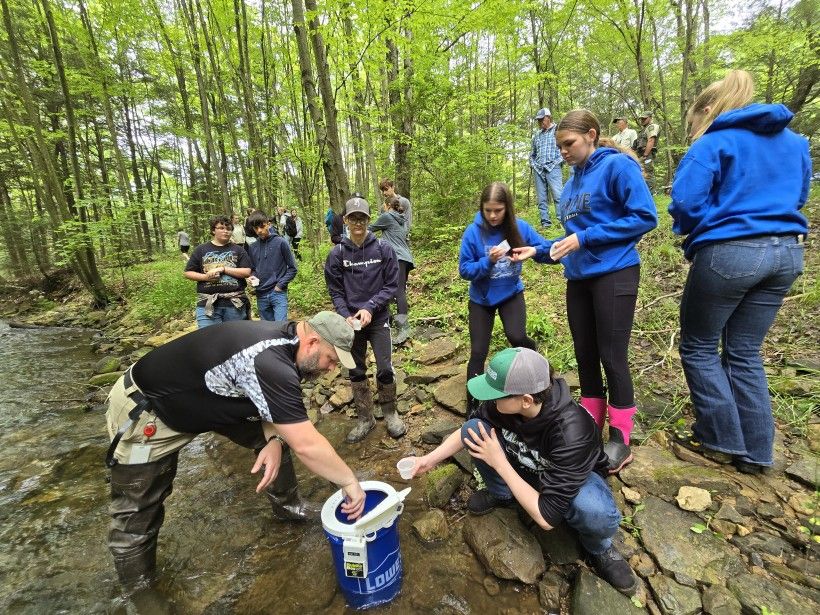
A statewide initiative since 2006, Trout in the Classroom (TIC) allows school students to raise rainbow trout in a classroom aquarium from egg to fingerling stage before releasing them into a state-approved body of water. Not intended to be a stocking program, TIC’s aim is to regularly engage students in conservation topics to create informed stewards who feel connected with natural resources and will make wise decisions to preserve and restore them.
Click here to read more
What's in a Name? An Introduction to Using Scientific Names
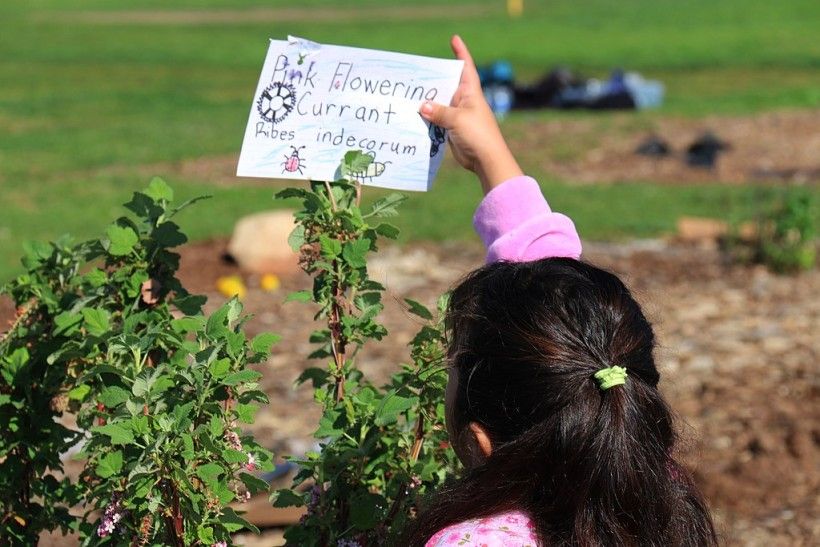
One of the quickest ways to disengage someone trying to learn local flora and fauna is to use the Latin scientific name when naming a species. However, it is a fundamental starting point when learning a new species, as common names can vary by country and can also be used to refer to more than one plant species. Read on to learn how scientific names are determined, when and why some names change, and ways you can get involved in renaming inaccurate or problematic common names.
Click here to read more
Take Our Landowner Stewardship Survey
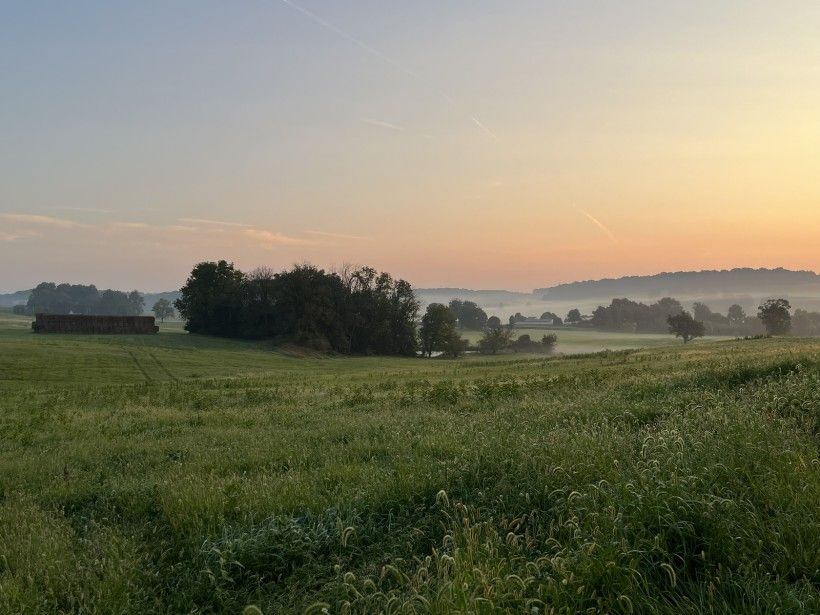
The Brandywine Conservancy is launching a new Landowner Stewardship Program to encourage and inspire landowners to get involved in the active stewardship of their land and to provide them with the tools and opportunities they need to accomplish their stewardship goals. The program’s objective is to offer technical and financial assistance for stewardship projects on eased land that will improve the overall health and sustainability of the landscape on a local and regional scale.
An essential first step in the process is to engage with landowners to assess their current land use practices, goals for their properties, and interest in furthering the stewardship of the natural resources found on their properties. We kindly ask all landowners willing to share their knowledge and goals for their property to participate in our landowner stewardship survey linked below. It should take less than ten minutes to fill out. Thank you!
Click here to take the survey
Brandywine-Christina Watershed Conference Recap
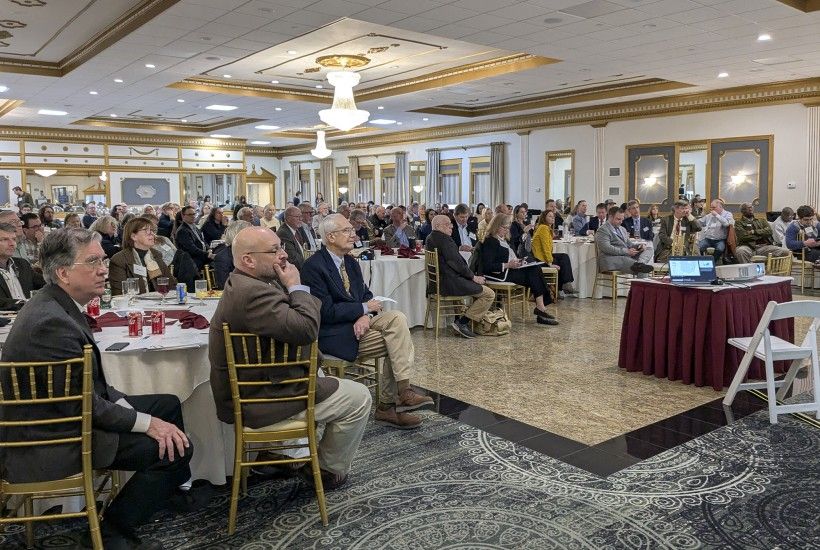
On Thursday, January 16, 2025, the Brandywine Conservancy, in collaboration with partners from the Brandywine Red Clay Alliance, Natural Lands, The Nature Conservancy, Stroud Water Research Center, and the University of Delaware, hosted a one-day conference titled, "Celebrating Successes & Flowing Forward: Brandywine-Christina Watershed" at the Mendenhall Inn in Chadds Ford, PA. The event highlighted the progress made in protecting and restoring the Brandywine-Christina watershed over 12 years of funding from the William Penn Foundation’s Delaware River Watershed Initiative (DRWI). It also recognized critical water quality initiatives beyond DRWI funding and explored opportunities for continued collaboration in addressing watershed health.
The conference brought together a diverse group of over 200 stakeholders, including local governments, environmental organizations, community groups, and the public, to share successes in watershed management, water quality improvements, and habitat restoration. It also served as a platform for the Conservancy and its partners to reinforce the importance of ongoing cooperation and innovation in tackling challenges such as flood mitigation, pollution reduction, and climate change.
A draft of the Brandywine Flood Study was unveiled at the conference before opening for public review and comment, with the final report set for release in mid-April.
First King Ranch Speaker Series Event Recap
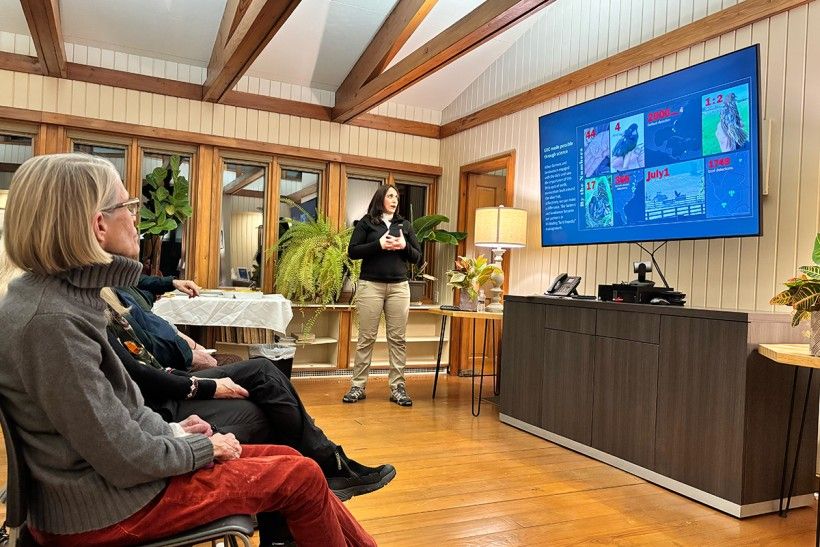
In celebration of the 40th anniversary of the preservation of the King Ranch, the Conservancy hosted the first King Ranch Pot Luck evening on January 23 at the Cookie and Jerry Brown Center at Armisted Farm. The featured speaker, Zoë Warner, Ph.D. shared information on how to improve meadow bird habitat through changing hay field management practices to enhance fledgling rates—actions that are needed to reverse the national population decline of both bobolinks and meadowlarks over the past six decades.
Fortunately for most farmers, these changes do not incur added costs to their farming operation and do not inhibit the volume or quality of the hay harvested. The practices, she explained, came from her doctoral dissertation, “Influence of Landscape Spatial Patterns and Land Use Planning on Grassland Bird Habitat Occupancy in Chester County, Pennsylvania” that includes models she developed to predict grassland birds’ habitat preferences in Chester County’s agricultural belt to the King Ranch Area. Since 2020, Zoë has been working with King Ranch farmers and landowners to implement best hay management practices for grassland bird conservation in southern Chester County.
The evening was in part funded through the Cornell Lab of Ornithology Land Trust Bird Conservation Initiative Grant that Willistown Conservation Trust and the Brandywine Conservancy acquired to facilitate outreach and educational efforts in the King Ranch area to assist in the meadow bird recovery.
New Ordinances in Pennsbury Township
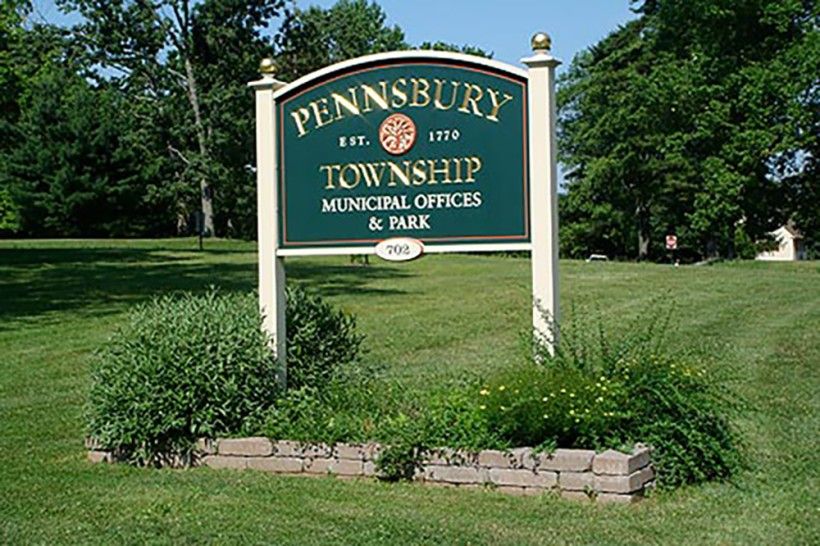
The Brandywine Conservancy recently assisted Pennsbury Township with several ordinance amendments—for stronger protections related to riparian buffers, specimen trees, and timber harvesting—while also writing a new ordinance for medical marijuana dispensing and growing/processing facilities.
The recent update, partially funded through a Chester County Planning Commission Vision Partnership Program grant, was led by the Brandywine Conservancy’s Municipal Assistance Program, with assistance from John Snook, formerly Brandywine Conservancy staff. The Brandywine Conservancy’s active involvement in conservation and stewardship with the Township made the organization’s Municipal Assistance Program a suitable choice for completing this important planning project.
While led by Brandywine Conservancy staff, the Update was guided by a Task Force of the Township Planning Commission, including one member of the Board of Supervisors. In addition, the process was overseen by a staff member from the Chester County Planning Commission. Active resident involvement through a public meeting allowed for input to be incorporated into ordinance amendments and recommendations from model ordinances from Brandywine Conservancy and the PA Medical Marijuana Act of 2016 (Section 2107).
“Riparian” refers to the vegetated land adjacent to a watercourse, pond, lake, or wetland. Using forested riparian buffers is one of the most cost-effective techniques for protecting surface water quality. The vegetation in a buffer slows the flow of stormwater, improving infiltration rates and assisting in the filtering of pollutants and sediment prior to them reaching a water body. Forested buffers along streams also stabilize stream banks and protect the water from direct sunlight, helping to cool the water and improve aquatic habitats. The Conservancy evaluated the current provisions related to riparian buffer to extend the Zone 1 buffer area, add specifications for plantings and restoration, and clarify overlapping wetland protection standards to ensure maximum protection.
With these updates, the Township intended to increase provisions to protect specimen trees on all lots, regardless of whether a lot is subject of an application and approval for a building, zoning, subdivision or other permit. The team reviewed specimen tree provisions and its definition to ensure that all tree removal is only when a specimen tree is dead, diseased, or causing a severe threat to a home, as determined by a certified arborist, horticulturist, or Township Zoning Officer. A specimen tree is defined as any living tree is of 24 inches Diameter at Breast Height or greater. The Township has added a Specimen Tree Removal Permit to ensure residents and developers notify the township before any intent of tree removal.
The task force reviewed the existing timber harvesting ordinance for consistency with ACRE, the state’s preemptive law for protection of agriculture, which extends to timber harvesting, considered to be a form of agriculture (“silviculture”). Through these amendments, the timber harvesting ordinance was moved from § 162-1503.D to § 162-2041, as its purpose is not for natural resource protection.
The Pennsylvania Municipalities Planning Code requires that every use specifically named by the state, or even generally permitted, be accommodated in a zoning district within every municipality, including new uses such as marijuana growing, processing and distribution. The Conservancy evaluated several medical marijuana ordinances throughout Chester and Delaware Counties for the Task Force to review. Ultimately, the task force felt they should follow similar provisions to their neighboring municipality—Chadds Ford Township, Delaware County, Pennsylvania. The provisions at hand were establishing a potential location for a medicinal marijuana growing/processing facility within the Townships existing zoning, and a medical marijuana dispensary, which per the PA Medical Marijuana Act of 2016, cannot be with 1,000 feet of a Property Line of a public, private or parochial school, day-care center, place of worship, playground, public park, or business whose primary clientele are minors. Once determined where these dispensing or growing/processing facilities could go, the task force worked on specifying other setback requirements, security provisions, and application materials. Additionally, the task force decided it was necessary to include vape shops within the ordinance.
After an 8-month process, the Pennsbury Township Board of Supervisors formally opened the public review period on Wednesday, March 19. A public hearing will occur in the coming weeks. Moving forward, Pennsbury Township will educate landowners and developers on these new amended ordinances to ensure a greater quality of life for residents and the watershed. For more information on the Pennsbury Township Ordinance Updates, contact Township Manager, Dan Boyle, or Liv Falcone, Associate Planner at the Brandywine Conservancy.